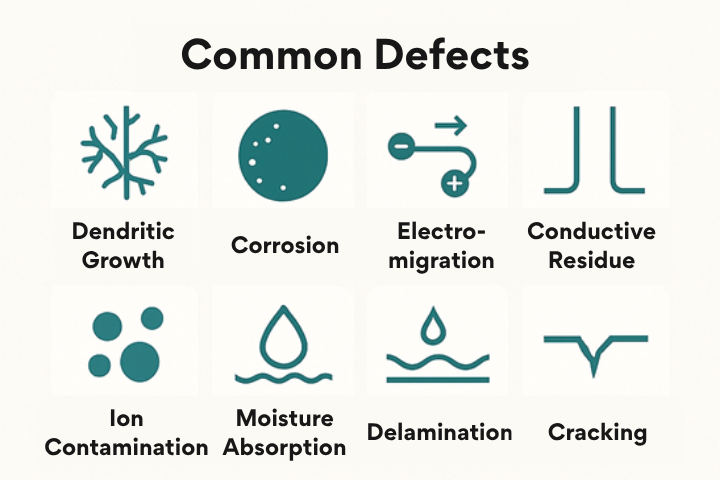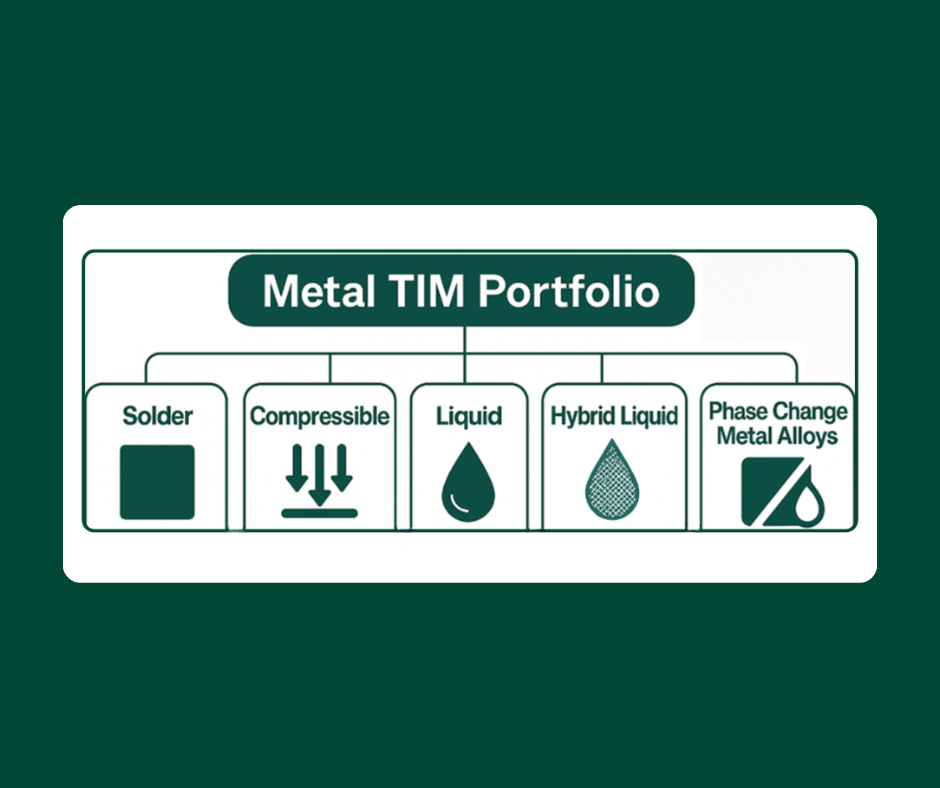We are frequently asked if it is possible to solder to aluminum.The answer is yes, if the following guidelines are followed:
FLUXES:
Because it is difficult to solder to aluminum, Indium Corporation developed Indalloy Flux #3 (activation temperature is 96-343°C) to remove the tenacious oxides that prevent the solder from wetting to the surface.This flux is very corrosive and is not recommended for electronic applications because, if any of the post-reflow flux residue remains after a warm water rinse with mechanical scrubbing, the joint may be compromised. This flux is recommended for mechanical assembly joining applications only.
Another alternate solution is to use a forming gas consisting of nitrogen and hydrogen.This method of oxide removal is generally used when the soldering temperature is greater than 350°C which is ideal for activating the hydrogen to reduce the oxides.With this method, there is no post-reflow flux residue toclean up.
METALLIZATIONS:
An alternate to corrosive fluxes is to nickel plate the aluminum so a weaker flux (RA, ROL1) can be used. These fluxes are less corrosive and can be easily removed with an appropriate solvent. There are many solder alloys that will wet to nickel.Check out our solder alloy physical properties table.
SOLDERALLOYS:
The solders that are normally recommended for joining aluminum are:
- Indalloy #201 (91Sn, 9Zn); 199°C E
- Indalloy #176 (95Zn, 5Al); 382°C E.
Indalloy #201 melts within the activation range of Indalloy flux #3 and works well if it is cleaned properly and used for mechanical applications.Indalloy #176 melts outside of the range of Indalloy flux #3 so the forming gas is the oxide removal method of choice – or a brazing flux can be utilized.These alloys are not available in paste form because the chemistry of the flux is such that it is not compatible with the alloy powder in the solder paste.Consult an Applications Engineer at Indium Corporation to discuss a form of solder that will work for you.



